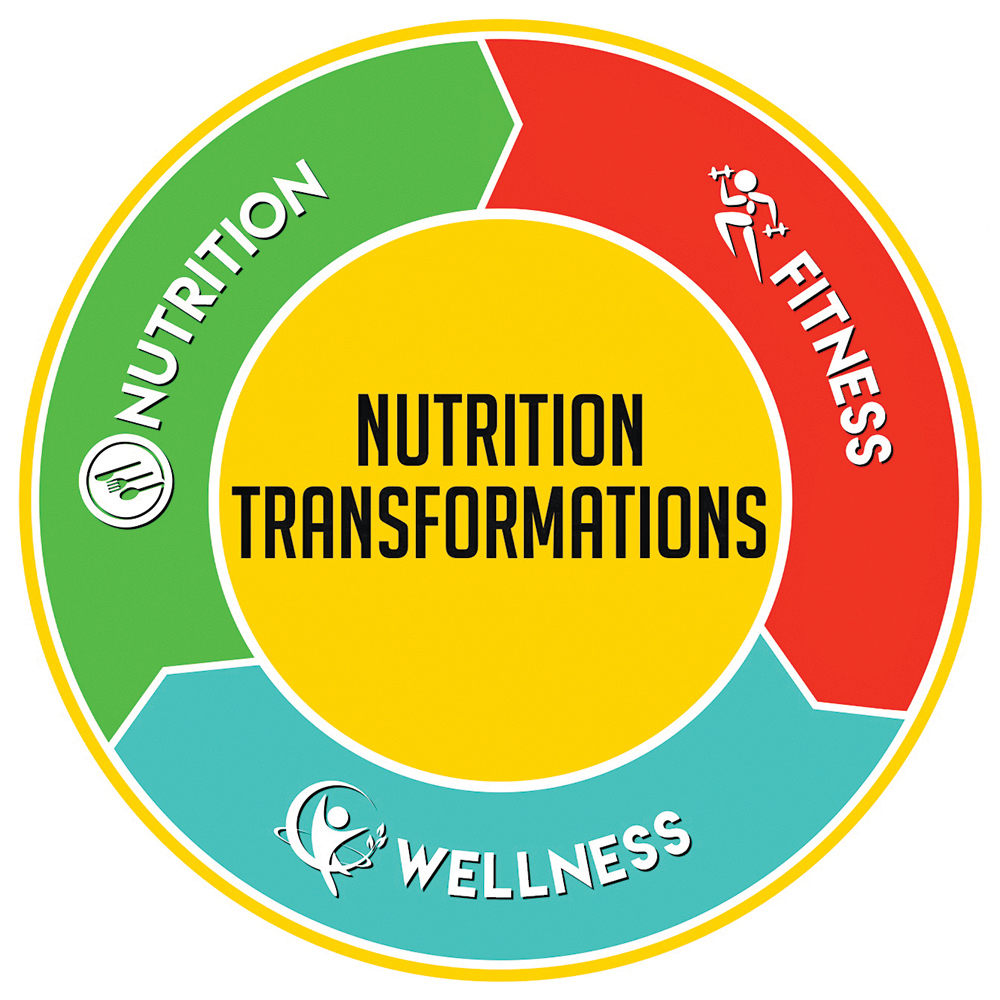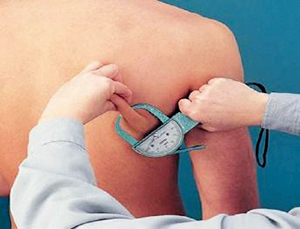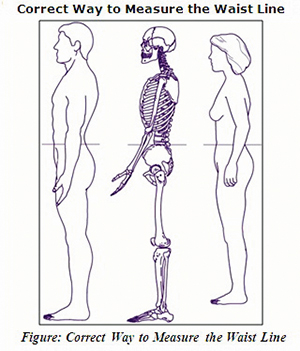
Dear Jenn,
I am a middle-aged woman struggling to lose weight. My husband and I try to control our diet and exercise. During the week I tend to lose a few pounds only to gain it back over Shabbat. It’s frustrating! Meanwhile, my husband consistently loses weight and keeps it off. I wonder if it is harder for women to lose weight and keep it off compared to men?
Sincerely,
Female Weight Battler
Dear Female Weight Battler,
Thank you for your important question. The term “battler” is an interesting choice of words to describe yourself. “Battler” is an Australian colloquialism for working-class people who persevere through their commitments despite various types of adversity.
To answer your question, yes it can be more difficult for a woman to lose and maintain weight compared to a man. Gender is a factor in the weight control equation. But don’t throw in the towel. Let me explain.
A Little About Body Weight:
- Body Weight: the mass or quantity of heaviness of an individual expressed in units of pounds or kilograms
- Body Weight Measured: bone, blood, organs, muscle, fat, and fluid
- Water Weight: 67% of total body weight is water.
- Blood: 7-8% of total body weight is blood
How to Measure Body Weight: A Few Choices
- Scale:Your bathroom scale is an option. For accuracy, it should be placed on a level floor. Weigh yourself 12 hours after your last meal. With an empty bladder, stand on the scale with minimal movement, hands by your side, no shoes or excess clothing. This will weigh your total body weight.
- BMI (Basal Metabolic Index): An estimate of body fat and a good measure of risk for disease that can occur with being overweight and obese. A healthy weight is defined as an appropriate weight for height.
Healthy weight: BMI 18.5 to > 25
Overweight: BMI 25 to > 30
Obesity: BMI < 30
Extreme obesity: BMI < 40
- Waist to Hip Ratio: The waist to hip ratio measures the distribution of a person’s body fat and may be used to determine abdominal obesity and health risk. In this method, the circumference of the waist (in inches), usually just above the belly button, is divided by the hip measurement (in inches) at the widest part of the buttocks.
The actual location of the fatty tissue in the body is important in terms of health and fitness: an individual with an apple-shaped body (fat located mostly in the abdomen) has an increased risk for health problems over a person with a pear-shaped body (fat located mostly in the hips and buttocks).

- Waist Circumference: An individual’s waist circumference is another indicator of abdominal fat. A waist size of more than 35 inches in women and 40 inches in men is a signal of risk.
- Hydrostatic Weighing: This method uses a scale to measure body weight underwater. It works on the principle that the more fat a body contains, the more that body will float. Hydrostatic weighing is considered an accurate measure of fat content in the body.
- Caliper (Pinch Test): A caliper is used to measure skinfold thickness at different points of the body to assess the body’s fat content. The system works on the principle that the thickness of fat under the skin reflects the fat content in the body.
- Bioelectrical Impedance: The bioelectrical impedance method is one of the easiest ways to assess body fat and involves a special type of electrical scale. During the process, an electrical signal is passed either from hand to hand or foot to foot. The speed of the signal determines the fat content in the body: the signal travels faster in muscles than it does in fat.
In general, when we refer to weight loss, we mean losing pounds on the scale. Unfortunately, it’s not that simple. The scale cannot differentiate between fat loss and muscle loss. A person with excess fat might be overweight, but a body builder might weigh more. Similarly, a person suffering from fluid retention might be overweight due to excess water content in the body, while another may be overweight due to excess bone mass.
In a nutshell, we cannot rely on the scale to give us the whole picture because it does not tell us anything about the other components of our total weight and body mass.

What Is Bad Fat?
“Adipose tissue” is the scientific name for body fat and a component that makes up a person’s total body weight. It is also the component that can become most problematic when there is too much of it in the body.
Visceral Fat: Belly fat found deep within your abdominal cavity. It surrounds important organs including your stomach, liver and intestines. Excess of this type of fat is dangerous because it can release proteins and hormones that can cause inflammation. This inflammation can damage your arteries, enter your liver, and negatively affect how your body breaks down sugars and fats.
Subcutaneous Fat: Fat that accumulates below the skin especially in legs, butt and thighs. Serves as an energy reserve and tends to be protective. Too much indicates an excess of visceral fat as well.
Generally, excess body fat not only makes the body look flabby, but also increases the risks of heart attack, stroke, gallstones, diabetes, hypertension and certain cancers.

The Weight Battle of the Sexes
Estrogen has many functions in a woman’s body. One function is to encourage fat storage. Women carry 6-11% more body fat than men. Given the higher fat to muscle mass ratio women have a slower metabolic rate compared to men.
The hormone testosterone has many important functions for men. One function is to encourage muscle-mass storage. Therefore, it is easier for men to build muscles. A muscular body has a faster metabolic rate. A faster metabolism helps keep weight in check. “Female Weight Battler,” your husband has an edge! But not completely, please read on.
Genetics: Three Points
An individual’s metabolic rate is genetic whether male or female, although, as per above, men have an edge hormonally. However, anyone can boost their metabolic rate by exercising. Exercise increases metabolic efficiency and helps weight management.
A person’s genes contribute to the causes of obesity. This usually has to do with an individual’s appetite, satiety, metabolism, food cravings, body-fat distribution and eating to cope with stress.
There are genetic disorders that affect weight. The following are examples:
- Bardet-Biedl Syndrome (BBS)
- Alstrom Syndrome
- POMC deficiency
- LEPR deficiency
- PCSK1 deficiency
- MC4R

Body Fat Does Have Important Functions
- An energy source after carbohydrate storage is used up.
- Responsible for cell membrane structure.
- Keeps us waterproof.
- Helps maintain body temperature.
- Serves as a protective cushion for the abdomen organs.
- Plays an important role in regulating and signaling.
- Adipose tissue (body fat) releases Leptin, a hormone that regulates hunger and maintains normal weight.
- The brain contains fat and is the fattiest organ in the body — nearly 60% fat!
- Women’s skin and bodies are softer to touch compared to men. This is due to the extra fat make-up and is a desirable quality in sexuality.

Conclusion
My guess, “Female Weight Battler,” is you’re probably eating more on the weekend and perhaps not exercising efficiently. You are middle-aged. As we age, metabolism slows down. It is harder to lose fat weight. We tend to lose bone and body protein at a faster rate. Being female and aging can make weight loss and maintenance challenging but not defeating! There are many ways to boost metabolism: calorie awareness with healthy eating, exercising, not skipping meals, consuming adequate fluids, fiber and lean protein — you can do it!
To lose “body fat weight,” you must decrease caloric intake. Calculate your personal caloric requirements. Exercise regularly and efficiently to improve metabolic function. Remain hydrated. When trying to lose weight, excessive weight loss in a short period of time could mean loss of body fluids and lean muscle instead of fat. This is not desirable.
If you would like to lose much needed body fat weight and keep it off, “Nutrition Transformations” can help you. We create an individualized metabolic weight loss diet plan, personal fitness programs, and address emotional eating issues. Weight loss medication is available with our on-call physician. Succeed and improve overall health with us. Call today.
Yours in good health,
Jenn
(718) 644-1387










